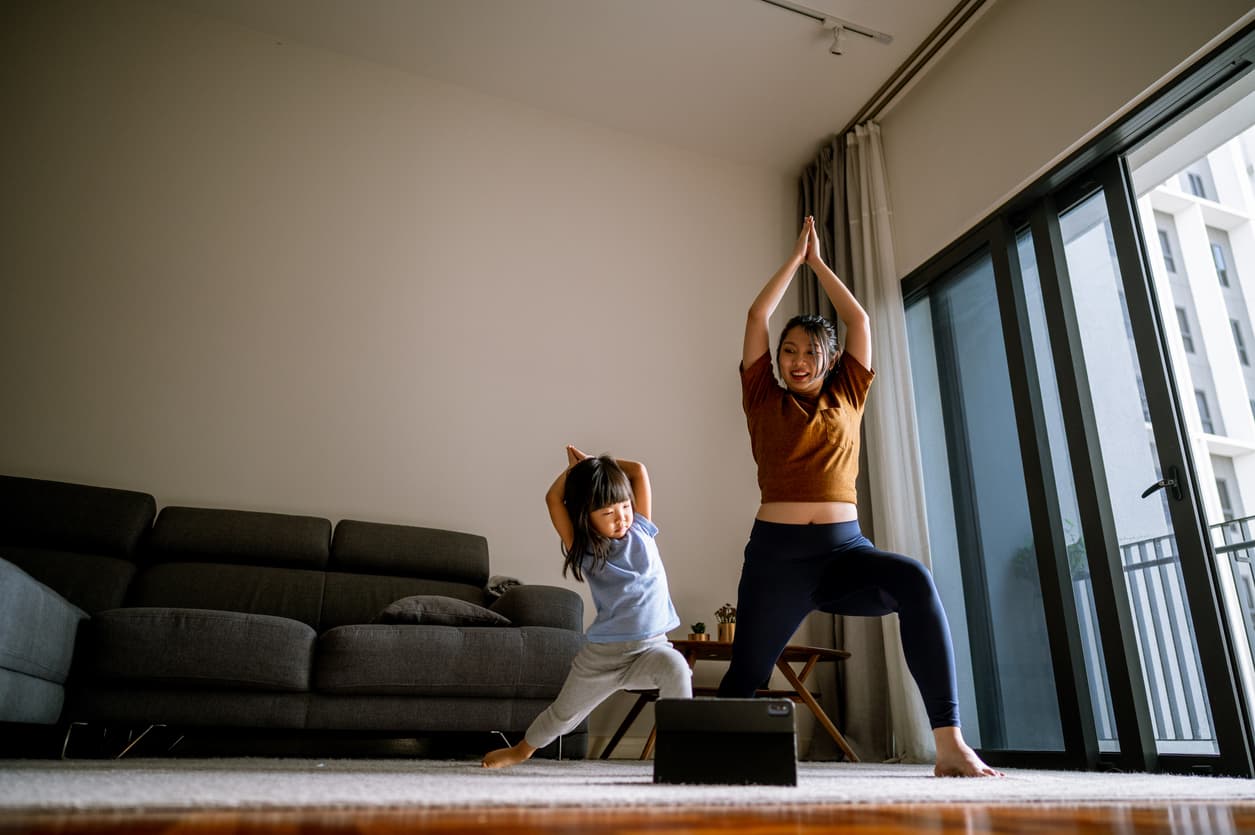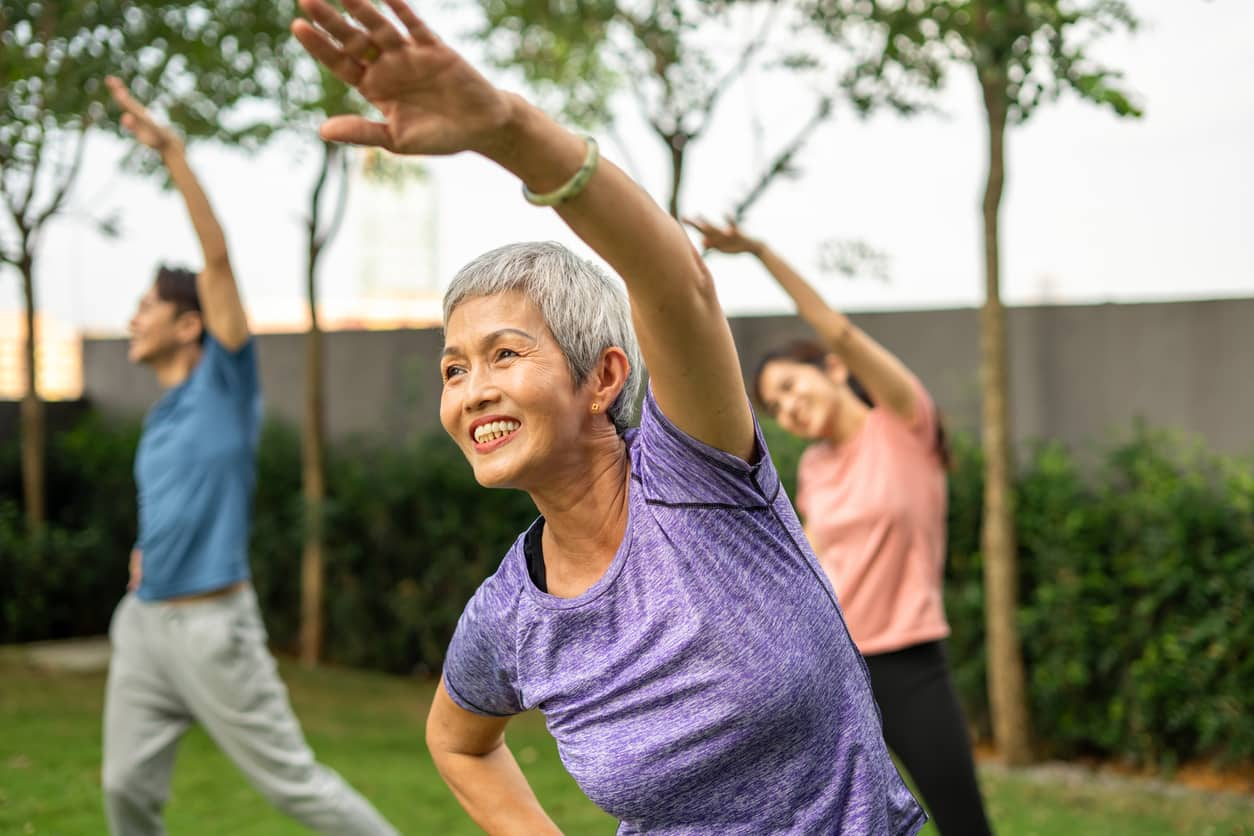How Much Exercise Should You Do Per Day
This article was first published on Active8me.
Like anything in life – we are not into harsh restrictions. Therefore, it is no surprise that we don’t recommend a specific amount of time to exercise. There is no miracle 12-minute workout that will cover everything. We are all different. Different body types, muscle types, skills and preferences, levels of fitness, and, most importantly, we all have different goals.
The amount you exercise will be determined by what you’re trying to achieve. If you intend to participate in an ultra-marathon, you’ll need to put in long training hours. Or if you want to sculpt your body, you’ll need to spend time on weights. But if you want to lose body fat and gain lean muscle, you’ll have to combine endurance and strength work. The question shouldn’t be so much about how much exercise I should do per day but what quality workouts will give me the best results for my goals and how to exercise correctly.
But I Just Want to Know How Much Exercise I Should Do Each Day
Remaining ‘active’ everyday is important, especially if your job puts you at risk of cardiovascular disease with extended periods of sitting. This could mean that you include extra incidental movement in your day. For instance, take the stairs at work, on your commute or while shopping instead of the elevator.
Or, take 20 minutes of your lunch break to enjoy a brisk walk in nature, which offers diverse benefits, including making your mind much more refreshed and ready for the rest of the day.
If you’re wondering how to adjust your workout plan, stick to the rule of three to five challenging workouts a week interspersed with active recovery days. Generally, this will tally at about 30 minutes of exercise each day. Remember, quality over quantity is often most effective in gaining strength, fitness and transforming your body.
Official Guidelines
Based on the Singapore Physical Activity Guidelines (SPAG), 150 to 300 minutes of moderate-intensity aerobic activities per week is enough for adults aged 18 to 64. Examples of such exercises recommended by the Centres for Disease Control and Prevention (CDC) include brisk walking, water aerobics, playing double tennis and leisure cycling. For those who lean towards routines of higher intensity, be mindful that every minute of a vigorous-intensity activity, like lap swimming, running, basketball and singles tennis, equates to almost double that of moderate-intensity workouts.
It's crucial to note that while your cardiovascular health benefits most when your heart rate is raised for at least 20 minutes per day, consistency, variety and intensity are vital. In doing so, you can attain better results than merely focusing on how much you worked out or a set number of exercise minutes.
Tips to Keep Your Workouts Effective and Sustainable
Consistency
Consistency comes from habit. If you make exercise part of your daily routine, it’s easier to remain on track with your fitness and weight loss goals. We recommend the best time to exercise is first thing in the morning…even if you’re not a morning person! Why? Because science says the benefits are more likely to help you achieve your fitness and weight loss goals.
- No interruptions
- Jumpstart your metabolism
- You tend to eat a healthier breakfast
- You feel more energised
- Better sleep
- Better mood
If you’re just getting started, long workouts can feel overwhelming, and you might wonder how much commitment is required to keep your routine sustainable. In such instances, consider segmenting your exercises.
For instance, opt for 15 minutes of light yoga or stretching in the morning, a 15-minute walk during lunchtime, and end the day with a 15-minute high-intensity interval training (HIIT) routine. Such short but frequent bursts of activity throughout the day can be equally beneficial for your health. As you gain momentum, you can then set both short-term and long-term fitness milestones.
Variety
So, perhaps you’ve been exercising daily for a while now, and nothing seems to be improving. Your weight loss has plateaued, and you don’t seem any fitter. Sound familiar? Don’t worry; this is actually just your body becoming more efficient at your chosen exercise! This is another reason we don’t recommend doing a specific workout each day for a specific length of time.
Giving your system a shake-up with a variety in movement, intensity and duration of your workout will benefit you more than the same old routine. This is because a diverse exercise regimen not only challenges your physique but also keeps your mind stimulated, preventing burnout that can arise from a repetitive routine.
If you’re aiming for weight loss and toning, rotating through different exercises, especially those focusing on muscle building, can elevate your metabolic rate, enabling you to burn calories even during rest.
But how much strength training is ideal? According to the SPAG guidelines, engaging in muscle and bone-strengthening activities at least twice a week is recommended for adults aged 18 to 64. Some of these activities include Tai Chi, pilates, weight training and exercises that use your body weight, like push-ups. Generally, completing eight to 12 reps per set is enough to observe strength gains.
Meanwhile, individuals above 50 should prioritise multi-component exercises that emphasise strength and functional balance for at least three days per week. Such activities include cycling, swimming, kayaking, circuit training and racquet sports.
However, individuals with underlying health issues, expectant mothers, and ladies in their postpartum stage should seek advice from healthcare professionals to tailor an exercise regimen suitable for their specific needs.
If you’re unsure where to begin, apps like Active8me can give you a mix of high and low-intensity workouts throughout the week. Leveraging resources like this helps you achieve maximum fat-burning and lean muscle-building benefits.
Intensity
Not every workout should be pushing you to your limit. Including three to four high-intensity workouts in your week allows you to have lighter exercise days in between. We love HIIT (high-intensity interval training) workouts because they give you great calorie-burning bang for your buck.
These time-efficient workouts are designed to elevate your heart rate to your maximal heart rate zone during the workout periods. This is why everyone’s HIIT workout is individual to them. The key to maintaining high intensity for each rep is adequate rest periods.
After a rhythmic style warm-up, your HIIT workout should typically take 15 to 25 minutes. Remember, a HIIT workout is all about making the high-intensity part really work for you, so if your workout is going longer, you may not be pushing yourself hard enough during the ‘high-intensity’ parts.
If you wanted a clear-cut answer to ‘how much exercise you should do per day’, you may have been disappointed. But hopefully you can see that the answer to that question is not going to give you the results you want. Stay focused on YOUR goals and tailor your exercise program around them.
We know that is often harder than it sounds! That’s why Active8me takes the guesswork around exercise (and nutrition) out of it. Featuring workouts designed by Olympians, exercise scientists and fitness professionals, you can easily rely on the app to help you achieve what you want in the most efficient way. However, a good exercise routine’s benefits extend beyond weight loss and aesthetic improvements.
The Rewarding Perks of Staying Active
Reduced Risk of Diseases
Regular exercise isn't just about physical fitness; it also guards against many ailments. Notably, maintaining a healthy weight through exercising can lower your risk of diseases like diabetes, hypertension and heart disease. Plus, with a boosted immune system, it also helps you keep seasonal flu at bay.
Stress Relief
Activities of moderate intensity can counterbalance the production of stress hormones while uplifting the brain's mood-regulating neurotransmitters. This means that exercise effectively equips you to better navigate life's stressors with heightened resilience and a more positive outlook.
Enhanced Sleep Quality
Engaging in moderate to intense exercises can also elevate your quality of sleep. How this works is that physically demanding activities increase your body’s need for sleep, quickening the process of entering a slumber and reducing periods of wakefulness during the night.
Furthermore, consistent exercise can lessen fatigue during the day, helping individuals to become much less reliant on sleep aids. Besides this, engaging in regular moderate to intense workouts can help maintain a healthier weight, thereby decreasing the risk of conditions like obstructive sleep apnea (OSA) that affect sleep quality.
Turn Setbacks into Comebacks with PA Assurance
As you advance towards a healthier you, injuries can sometimes occur even with the utmost care. Whether it's a minor sprain or a more severe fracture, unforeseen treatment costs can become a concern, especially with today's rising medical expenses.
It is vital to stay protected and know that you are well-supported in the event of an injury. With strong will power and Income’s PA Assurance, you can pursue your fitness goals, knowing that you are well-supported in the event of an injury. This comprehensive personal accident insurance plan covers up to $20,0001 medical expenses coverage per accident, including sports injuries2. Besides this, PA Assurance also covers chiropractic sessions and traditional Chinese medicine treatments in the event of an accident3, ensuring your proper recovery so your active lifestyle remains unhindered.
Beyond physical recovery, PA Assurance minimises the financial strain and its accompanying mental stress. With the right safeguards in place every step of the way, you're positioned to tackle challenges head-on, transforming setbacks and injuries into opportunities to emerge even stronger.
Don't let injuries keep you from pursuing your active goals. Check out PA Assurance today and let every setback become a springboard for a stronger comeback.
Active8me is a third-party app not owned or operated by Income Insurance. By downloading and subscribing to Active8me, you agree to Active8me’s Terms of Use and Privacy Policy.
1This benefit limit is applicable under Plan 4. We pay for the medical expenses for injury due to an accident up to the maximum benefit limit or up to a period of 12 months from the date of the accident, whichever comes first.
2,3Coverage for sports injury is subject to the terms and conditions of the policy. Please refer to the policy conditions for the full list of exclusions.
This article is meant purely for informational purposes and does not constitute an offer, recommendation, solicitation or advise to buy or sell any product(s). It should not be relied upon as financial advice. The precise terms, conditions and exclusions of any Income Insurance products mentioned are specified in their respective policy contracts. Please seek independent financial advice before making any decision.
These policies are protected under the Policy Owners’ Protection Scheme which is administered by the Singapore Deposit Insurance Corporation (SDIC). Coverage for your policy is automatic and no further action is required from you. For more information on the types of benefits that are covered under the scheme as well as the limits of coverage, where applicable, please contact Income Insurance or visit the GIA/LIA or SDIC websites (www.gia.org.sg or www.lia.org.sg or www.sdic.org.sg).
This advertisement has not been reviewed by the Monetary Authority of Singapore.







